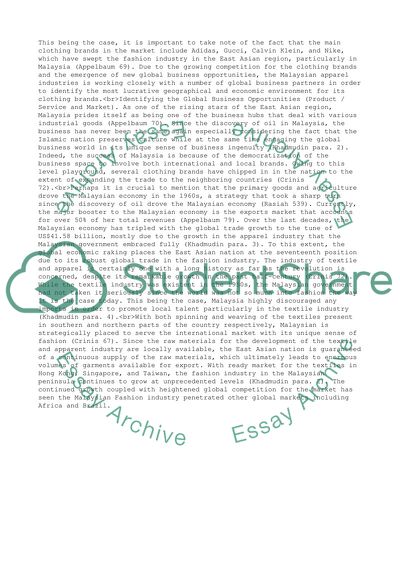Cite this document
(“Export Final Project - Malaysian fashion retailer wishing to expand Term Paper”, n.d.)
Retrieved de https://studentshare.org/business/1491892-export-final-project-malaysian-fashion-retailer
Retrieved de https://studentshare.org/business/1491892-export-final-project-malaysian-fashion-retailer
(Export Final Project - Malaysian Fashion Retailer Wishing to Expand Term Paper)
https://studentshare.org/business/1491892-export-final-project-malaysian-fashion-retailer.
https://studentshare.org/business/1491892-export-final-project-malaysian-fashion-retailer.
“Export Final Project - Malaysian Fashion Retailer Wishing to Expand Term Paper”, n.d. https://studentshare.org/business/1491892-export-final-project-malaysian-fashion-retailer.


